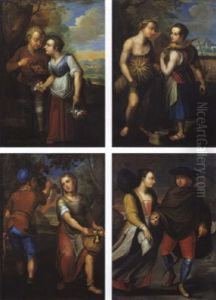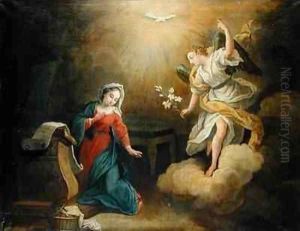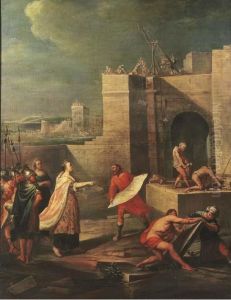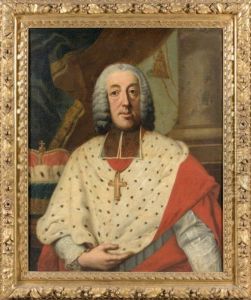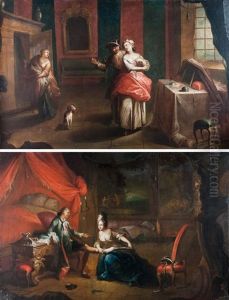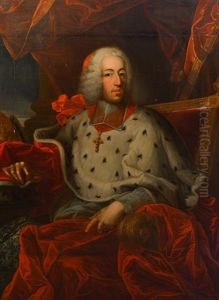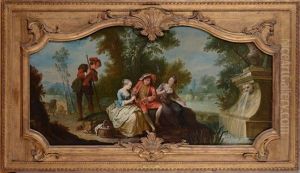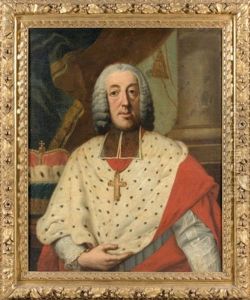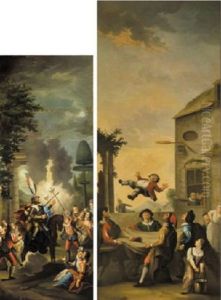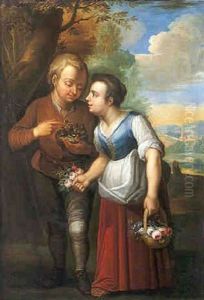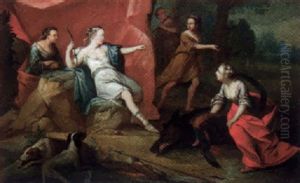Paul Joseph Delcloche Paintings
Paul Joseph Delcloche was a Belgian painter born on December 20, 1716, in Liège, then part of the Prince-Bishopric of Liège within the Holy Roman Empire. He is considered one of the most important painters from Liège in the 18th century, although his name might not resonate as widely as some of his contemporaries in the broader European art scene. Delcloche’s work was primarily influenced by the Baroque style, which was characterized by dramatic expression, rich color, and a play on light and shadow.
Delcloche's father was a decorative painter, which provided young Paul Joseph with an early exposure to the world of art. Although there is limited detailed biographical information available about his early life and training, it is believed that he likely received his initial artistic education from his father. He furthered his studies under the tutelage of Bertholet Flémal, a prominent painter in Liège, who was known for his classical style and had previously trained in Italy.
Delcloche's career flourished in Liège, where he received commissions for religious works and portraits. His paintings often depicted scenes from the Bible and the lives of the saints, catering to the demands of the Church and private patrons. His style was marked by a sense of realism and attention to detail, which resonated well with the tastes of his clientele. One of his most notable works is the ceiling painting in the Liege Cathedral's choir, which showcases his mastery in handling large-scale compositions and his ability to weave intricate narratives within his art.
Despite his success, Delcloche’s life was relatively short. He died on March 2, 1755, at the age of 38 in Liège. The cause of his early death remains unknown. His work, however, left a lasting impression on the art of the region and continued to influence painters in Liège and beyond. Today, Delcloche's paintings can be found in various museums and private collections, where they are appreciated for their elegance, craftsmanship, and embodiment of the Baroque spirit.
